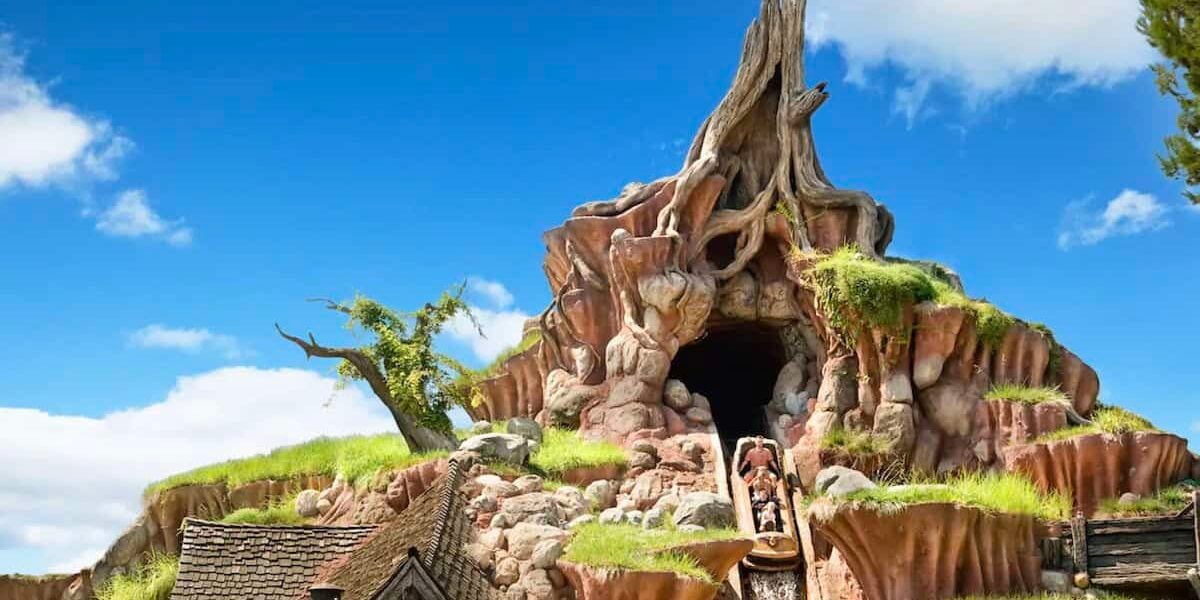National Report Unleashes Shocking Secrets About Walt Disney’s Life
A new feature from a national report just peeled back the curtain on the man who built the most magical company on Earth—and what it reveals may surprise even the most devoted Disney fans.
While many know Walt Disney as the smiling face behind Mickey Mouse and Disneyland, the full story includes ambition, risk-taking, secrecy, and some unexpected twists.
Humble Beginnings in Chicago
Walter Elias Disney was born on December 5, 1901, in a tiny home his father built on Chicago’s northwest side. Back then, his dad earned about a dollar a day and scraped together $800 to construct the modest cottage. Walt was the fourth of five children, and his early years weren’t easy.
He dropped out of high school and tried to enlist in the Army during World War I. Too young to serve, Walt joined the Red Cross and was sent overseas to drive ambulances in France. His vehicle, by the way, was reportedly covered in cartoons—proof he was always sketching.

The Real Story Behind Mickey
Contrary to popular belief, Walt didn’t draw Mickey Mouse himself. The final design came from Ub Iwerks, one of Walt’s most talented animators. But Walt gave Mickey his voice and character—he voiced the mouse from 1928 through the mid-1940s.
Mickey wasn’t his first shot at a mascot, either. He’d previously created Oswald the Lucky Rabbit, only to have the character and rights taken away by Universal. Losing Oswald stung, motivating Walt to ensure he controlled everything about his next creation.
And thus, Mickey was born—not just a character, but a symbol of Disney’s brand of optimism and perseverance.

Color Changed Everything
In 1932, Walt launched Flowers and Trees, the first cartoon to use full-color Technicolor. It wasn’t just pretty—it was revolutionary. The film won an Oscar and helped Disney stand out from other studios.
Better yet? Walt had exclusive rights to use the Technicolor process for a few years. That meant competitors couldn’t keep up, and Disney could build a reputation for jaw-dropping visuals. That was a massive leap for someone who once ran a studio out of his garage.

“Disney’s Folly” Was Anything But
When Walt announced he was making a full-length animated feature, the press rolled their eyes. Industry insiders dubbed it “Disney’s Folly,” predicting Snow White and the Seven Dwarfs would flop hard.
Instead, the 1937 film became a runaway financial and critical success. Walt was awarded an honorary Oscar—plus seven tiny ones to represent the dwarfs—and the animation world would never be the same.
That wasn’t just a fluke. It was the beginning of Disney’s golden age, and Walt would go on to collect 22 Academy Awards over his lifetime, the most of any individual in history.
Wartime Animation and Studio Survival
The Disney studio did a different kind of work during World War II. Instead of fairy tales, Walt and his animators produced training videos and propaganda films for the U.S. government.
Characters like Donald Duck were used to promote war bonds and educate troops while helping the studio stay afloat during a tough financial stretch. These efforts weren’t glamorous, but they allowed Disney to keep pushing forward and employed hundreds of artists.

From Backyard Railroad to Disneyland
Walt had a deep love for trains. He even built a miniature railroad, the Carolwood Pacific, in his backyard and gave guests rides around the property. That love spilled over into his next big dream: Disneyland.
The idea hit him while watching his daughters ride a carousel. He imagined a park where families could play together in a clean, safe environment. In 1955, that dream became reality when Disneyland opened in Anaheim, California.
When it came time to expand to Florida, Walt got sneaky. To avoid driving up land prices, he used shell companies—like the hilariously named “M.T. Lott”—to buy thousands of acres secretly. That land would become Walt Disney World.

The City That Never Was
Walt didn’t just want to build parks—he wanted to build a better way of life. His vision for EPCOT (Experimental Prototype Community of Tomorrow) was a real city, not a theme park.
It would have featured futuristic homes, advanced transportation systems, and a community designed to evolve with technology. Sadly, Walt died in 1966 before the project could take off. EPCOT eventually opened in 1982—but as a park, not a city.

Rumors, Recognition, and Reality
Despite a polished public image, Walt was known to be demanding and perfectionistic. He rarely gave compliments, and a simple “That’ll work” was his version of high praise.
And no, the long-running rumor isn’t true—Walt Disney was not cryogenically frozen. He was cremated, and his family has said repeatedly that the “frozen head” story is pure fiction.
Walt received many real-life honors, including the Presidential Medal of Freedom in 1964. He also advocated for James Baskett to receive an honorary Oscar—the first ever given to a Black actor—for his work in Song of the South.

More Than a Mouse
Walt had other big plans, too. He dreamed up a luxury ski resort in California’s Mineral King Valley. The project never passed the drawing board, but some of its creative DNA made it into the Country Bear Jamboree.
His ambition was never about stopping with what worked. He constantly looked to what could be built next—what could be better.
The Legacy Lives On
The Business Insider report reminded us that Walt Disney wasn’t just a guy who made cartoons. He was a high school dropout, a wartime ambulance driver, a visionary, and a risk-taker. He wasn’t perfect—but he was relentless in pursuing something bigger.
Decades later, the Disney brand still reflects Walt’s mindset: keep dreaming, keep building, and don’t be afraid to do what others think is impossible.





